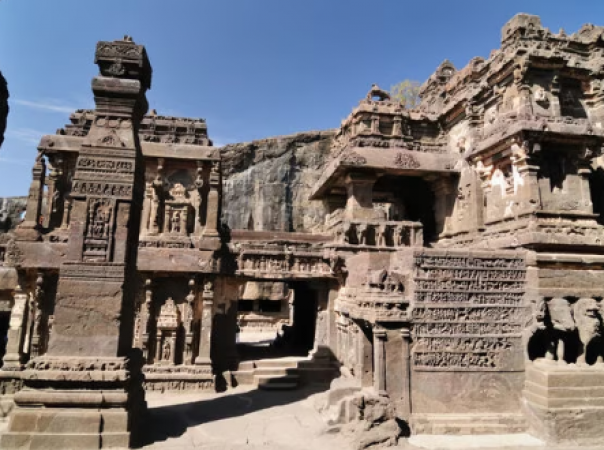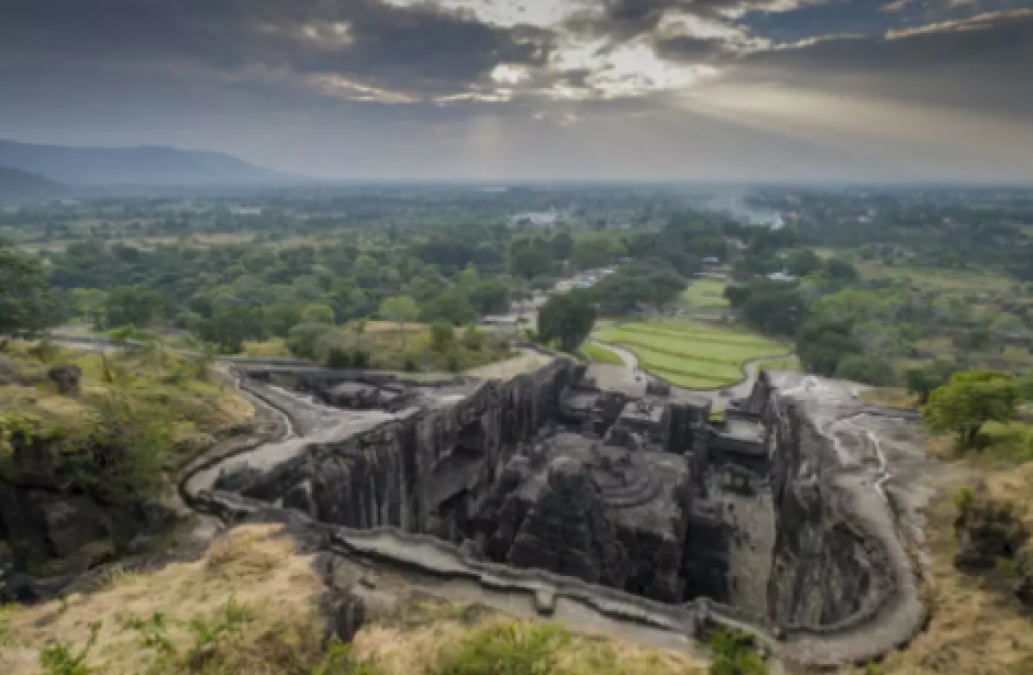
Nestled in the western state of Maharashtra, Aurangabad is a city that exudes history and grandeur. With its rich heritage and architectural marvels, it has become a prominent tourist destination in India. This article takes you on a virtual tour of Aurangabad, highlighting its captivating history and the must-visit attractions that make it a remarkable place to explore.
A Brief Overview of Aurangabad's History:
Aurangabad's history dates back to ancient times when it was known as Khadke. However, it gained significant prominence during the medieval period under the rule of various dynasties. The city's golden era began when it became the capital of the powerful Tughlaq dynasty in the 14th century. Later, it witnessed the rise and fall of the Mughal Empire, becoming an important hub for art, culture, and trade.
The Mughal Legacy:
Aurangabad owes much of its historical importance to the Mughal Emperor Aurangzeb, after whom the city was named. During his reign, Aurangzeb transformed Aurangabad into a flourishing center of art, literature, and architecture. The Mughal influence can still be seen in the city's stunning monuments and structures.
Top Attractions in Aurangabad:
Ajanta Caves:
The Ajanta Caves, a UNESCO World Heritage Site, are a series of rock-cut Buddhist cave temples that date back to the 2nd century BCE. These caves are renowned for their exquisite paintings and sculptures, depicting scenes from the life of Lord Buddha. The intricate craftsmanship and architectural brilliance make the Ajanta Caves a must-visit destination for history and art enthusiasts.
Ellora Caves:
Another UNESCO World Heritage Site, the Ellora Caves, showcase the harmonious blend of Hindu, Buddhist, and Jain art. These 34 caves were carved out of solid rock and represent the epitome of ancient Indian rock-cut architecture. The magnificent Kailasa Temple, a monolithic structure carved from a single rock, is the highlight of Ellora and a true marvel of engineering.
Bibi Ka Maqbara:
Often referred to as the "Taj Mahal of the Deccan," Bibi Ka Maqbara is a mausoleum built in the memory of Aurangzeb's wife, Dilras Banu Begum. This stunning monument displays exquisite Mughal architecture, adorned with intricate carvings, delicate marble work, and beautiful gardens. It stands as a testament to the love and devotion of Aurangzeb towards his wife.
Situated atop a hill, the Daulatabad Fort offers panoramic views of the surrounding landscape. Originally built in the 12th century, it witnessed several historical events and changed hands between different dynasties. The fort's complex defensive structures, including the formidable moat and the imposing entrance gate, showcase the architectural brilliance of the bygone era.

Panchakki:
Panchakki, meaning "water mill," is an ancient watermill dating back to the 17th century. It was built to provide water for the neighboring Sufi shrine and showcases the innovative engineering techniques of that time. The tranquil surroundings and the serene atmosphere make it a delightful spot for visitors seeking peace and spirituality.
Aurangabad, with its historical significance and architectural wonders, offers a mesmerizing glimpse into India's glorious past. The Ajanta and Ellora Caves, Bibi Ka Maqbara, Daulatabad Fort, and Panchakki are just a few of the many attractions that make this city a treasure trove of history and culture. Exploring Aurangabad is a journey back in time, where each monument narrates tales of triumphs, love, and artistic excellence. So, plan your visit to this captivating city and immerse yourself in its rich heritage and architectural grandeur.
Boryeong Mud Festival: Discovering South Korea's Celebration of Mud
Museum of Broken Relationships: Exploring Love, Loss, and Healing
The La Tomatina Festival: Exploring the Tomato-Throwing Extravaganza Held Annually in Buñol, Spain